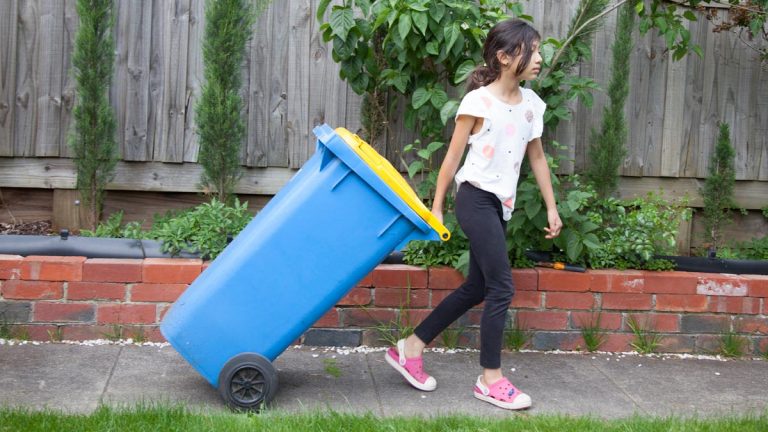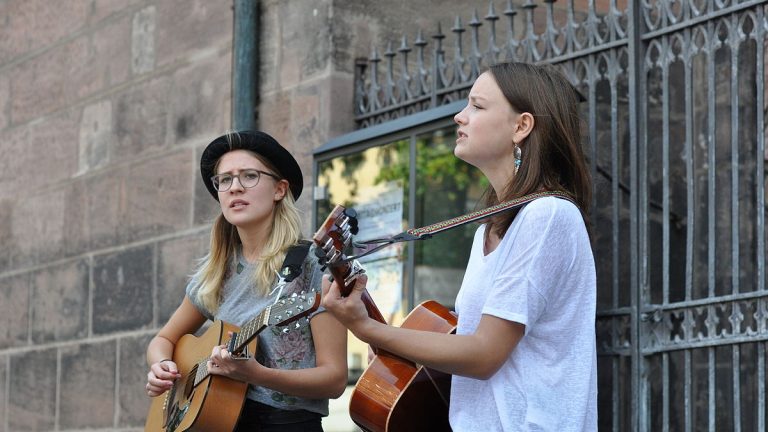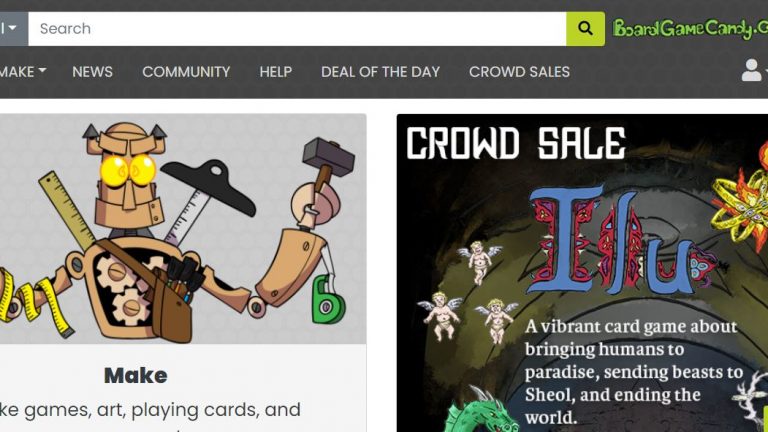People enjoy gardening, but growing plants from seeds, offshoots or cuttings can be hard – unless they skip the first step by buying the seedlings from you. Plants can be grown at any time inside with the right equipment, but it can also be done outside during the warmer months.
PROS:
– Can be done inside with the right equipment
– Seeds, shoots and cuttings can be bought for a low price or even obtained for free
– Plants are something many people want so the market for the product is good
CONS:
– The business requires a good amount of space
– It can take a lot of time and effort
– In some climates, it only be done during certain times of the year without special equipment
How to Get Started:
NOTE: Before you start your business, you should read the page on this website entitled “things to think about before you get started.” After you have taken the preliminary steps for starting any business, you can take the specific steps outlined below.
First, you need to decide what plants you want to sell. Annual vs. perennial? Flowers vs. vegetables/fruits? Indoors vs. outdoors? Try to pick popular plants, and determine whether it is good business to sell will depend on the climate in your area. A good place to start is a list of popular houseplants compiled by House Beautiful magazine. You could also visit a local garden center to find out what plants are popular where you live.
Then you need to decide whether you are going to grow your plants inside or outside. Growing plants inside requires light and space. But the kind of plant you can grow outside may depend on where you live and light and space available in your yard.
If you want to grow them outside, you should research how and when to grow them in the area where you live. Googling “how to plant outdoors” with the name of the plant will bring you plenty of resources – e.g., this step-by-step guide from the website Gardener’s World.
Some plants are grown through seeds, like vegetables, but others are grown through offshoots or pups, which can be taken from an already fully grown plant. Examples of plants with offshoots are strawberries, rosemary and aloe.
Another option is cuttings, in which you cut a stem or branch off an existing plant and then grow the cuttings into new plants. Examples of plants you could do this with are fig trees, azaleas, gardenias and roses.
You can get cuttings and offshoots by asking around with friends or neighbors, to see if they have plants that produce cuttings or offshoots (always get permission before cutting plants or offshoots).
Find containers to grow them in, making sure that they are big enough. If containers are too expensive, ask neighbors or family if they have any leftover plastics ones from store purchases. Use soil with fertilizer appropriate for the plant you are growing and make sure that the plants are getting enough sun and water. Labeling plants can help them stay organized and tidy.
Next, you need to determine when you should sell the plants you choose to work with because plants have different times for when you should transplant and sell them. Again, Google is your friend (e.g., this article from a family that has been growing plants for 20 years.)
You can sell your plants by advertising on sites like nextdoor.com, or going to farmers markets. Selling them in small containers makes them easy to transport.
How Much to Charge:
Look at stores in your area that sell seedlings and try to price yours lower. For example, one big chain of stores sells cherry tomato plants for about $5, and seeds cost about $2 for a packet, with each packet containing hundreds of seeds. So a good price for a cherry tomato plant might be about $3.
Taking it to the Next Level:
- Grow Plants Indoors. Growing plants indoors can allow you to grow plants all year and begin to grow plants earlier, so that they can be transplanted right when they can be grown. Growing plants indoors however, requires lots of space and light, and timing the growing can be difficult. A small light costs around $30, and can light a small group of plants, but a larger light can cost around $150 or more.
- Offer Additional Products. Another option is to start making and selling compost. Compost is organic material that is useful for growing plants. Making compost can be not only useful for growing your plants, but also selling alongside them. More info on creating and selling compost here.
- Offer Additional Services. After buying the plants, the customers may need help taking care of them when they are on vacation or are otherwise busy. That’s where you come in – a garden watering and weeding service.
Photo by Francesco Gallarotti on Unsplash








